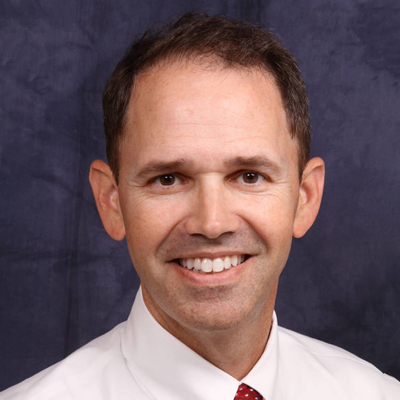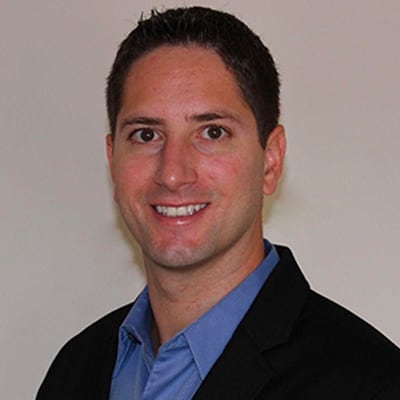The following is an article written by Dr. Mustafa Shah-Khan, DDS published in Dental Economics in January 2023
During my 20-year career, we have seen any number of changes in technology, materials, competitive forces, and economics. We have experienced (and are still experiencing) a pandemic, a recession, the rise of corporate dentistry, more DSOs and consolidation, and labor shortages, as well as practitioners expanding into services normally reserved for specialists. But one situation that few dentists today have experienced is practicing in an inflationary environment.
As measured by the Federal Reserve public data research and the Consumer Price Index (CPI), the last inflationary period that the US experienced, the Great Inflation, began in January 1965 and lasted until December 1982.1 During this time, inflation went from around 1% per year to more than 14% in 1980. This period ended in 1983 as rates settled out to what the rates had been.
Since then, inflation had remained relatively low, which also led to a historically low period of interest rates and the ability for consumers and practitioners to borrow money. In June 2022, US consumer prices increased 9.1% over June 2021. We are at significantly higher inflationary levels than virtually any practicing dentist has experienced. I’m a 51-year-old dentist who has practiced for more than 20 years, and the last time we experienced inflation, I was 11 years old.
Widespread effects on dentistry
While inflation is a macro force affecting the nation and the world, dentistry is also facing microeconomic forces that are surprising. These forces involve staffing, reimbursement, production, collection, and profit. Findings from the 2021 Dental Economics/Levin Group Annual Practice survey provide a lot of data on the profession, including that up to 65% of all practices were looking for at least one staff member. This is compounded by the fact that close to 10% of all hygienists have left the profession.2 Compared to before the pandemic, 83.6% of practices surveyed are paying more for staff compensation. Additionally, 50% of responders indicated labor costs up more than 10%.3
The Levin Group survey also reported that 70% of practices indicated an increase in production, and 75% had an increase in collections. While this is very encouraging in terms of dentistry’s economic rebound, the concerning factor is that only 46% of practices reported an increase in profit in 2021. More than half of the reporting practices had the same or lower profit in 2021. In 2021, 69% of practices reported higher overhead, and rising overhead was their “biggest challenge right now.” 2 We are obviously seeing higher overhead leading to reduced practice profit. When production increases and collections increase but profit decreases, we are now working harder and taking home less. The troubling aspect is if production starts to soften and overhead continues to increase, then how will we maintain profit?
Dental insurance is another factor. Just over 70% of our patients have dental insurance. Of the doctors surveyed, 50.7% stated that at least one insurance carrier had lowered reimbursement levels in 2021. When looking at all reimbursements from plans that doctors participate in, 28.7% reported an overall decrease in reimbursement levels with almost half of them having a decrease of 5% or more2 My dentistry-specific CPA advised all his clients to raise fees at least 5% going into 2022. However, even this jump would still trail inflation by about 4%. Inflation is hovering around 9%, dental reimbursement has decreased, and practice profits have decreased. Practices are increasing fees with reduced insurance benefits, which leads to patients seeing less insurance coverage and an increase in out-of-pocket expenses for their dentistry.
An unsustainable situation
The New York Times reported last July that demand in the US has played a bigger role in inflation than it has elsewhere: “Altogether, the US spent more to prevent economic collapse than most of the world did. That led to a stronger economy, but also to greater inflation.”4 Because of pandemic-era stimulus, our patients have had excess discretionary savings that they can use to spend in areas like dentistry.
However, with inflation setting in and overall daily consumable costs increasing, this will not be sustainable. If we enact policies to cool the economy by increasing interest rates and de facto encourage people to spend less, it can reduce inflation because people will lose confidence and no longer spend. But with decreasing consumer confidence leading to fewer people spending discretionary income, will our consumers spend less on “elective” dentistry? Will the trickle down be less spending from doctors on technology/goods and supplies/services? Will we see less demand for that as dental production drops? Will manufacturers and distributors do the opposite of what we think and raise prices to protect margins?
Three options for moving forward
This all leads to questions about what business owners and practitioners should do. For the greater part of the last decade that I have written for Dental Economics, I have always aspired to be objective and lay out options for practitioners. To me, it’s like when you are treatment-planning a case: there are almost always three options.
Option one in my practice (and during the current economic situation) is do nothing. Continue to operate the way you have been. Be reactionary and wait until “the tooth causes pain.” Sometimes we can just put our heads down, continue to do what we do, and recover once we get to the other side. You may feel that you operate in this way with your stock portfolio, so why not with your clinical practice?
Option two may be to look at DSOs. The beauty of the DSO transaction is that you are able to sell your practice for potentially above market, you still practice, and have the security of taking money off of the table but allow the operational headaches to transfer to the parent organization. The DSO can address some of the problematic aspects, such as reduced insurance reimbursement, increased staffing costs, and increased costs for goods and services.
Option three is look at aligning your practice with a GPO (group purchasing organization). Being a founder of a GPO, I’m biased, but understand that every situation does not fit every dental practice. Like DSOs, GPOs provide resources for practices who would like to retain ownership and independence. GPOs provide practitioners assistance and savings on supply costs, payroll services, insurance negotiations, HR consulting, dental lab fees, rotary diamonds, and implants, as well as increasing doctors’ skill sets through continuing education opportunities. This aspect can allow expansion of services such as implant therapy, endodontics, and clear aligner therapy that allows doctors to keep referred services in their practices, which helps increase overall production. If practitioners can find opportunities to increase production and reduce costs, then maybe this can address some of the declining profits that practices are facing.
The reality is almost all of us are in fairly uncharted territory. While many of us have seen economic downturns and even recessions, none of us have really experienced an inflationary period. It is safe to say that none of us have seen both recessionary periods and inflationary ones. These two factors will lead our practices to face different challenges as we navigate the next few years. There is no one answer for everyone. As practice owners, we still need great advisors and resources to help us. Ultimately, we will also need to be introspective to determine the best way for us to navigate the next period of practice management and ownership.




